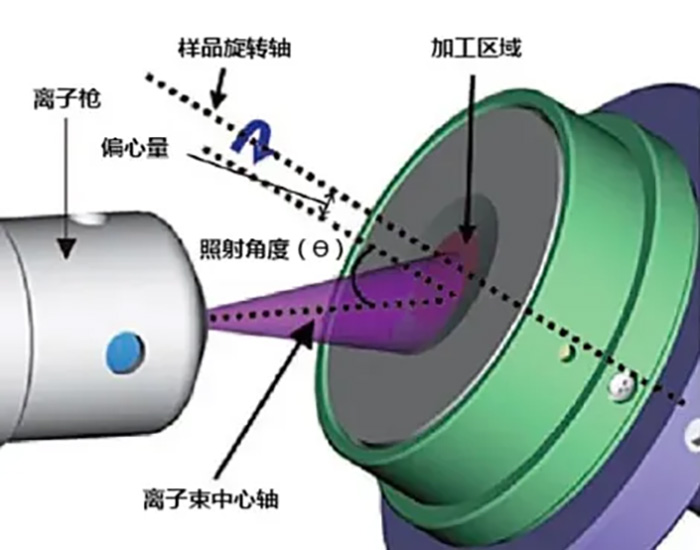03 magnetorheological finishing
Magnetorheological finishing (MRF) is a new kind of machining technology which combines the theories of electromagnetism, analytical chemistry and fluid dynamics, the“Polishing grinding head” is a“Flexible polishing die” with visco-plastic characteristic, which is formed by magnetorheological fluid rheology in gradient magnetic field.
During polishing, the“Grinding head” formed by magnetorheological fluid forms shear force in the contact area, and the material on the surface of the workpiece can be uniformly removed by adjusting the rotation angle and velocity of the workpiece to obtain a smooth surface.

Compared with the traditional method, magnetorheological () polishing can change the shape and hardness of the solidified magnetorheological () fluid by adjusting the magnetic field intensity, and realize the quantitative removal of optical elements with high polishing efficiency, moreover, the surface of the processed optical element will not deform with the change of stress, which can avoid the generation of the failure layer on the lower surface and ensure the high surface quality, because the polishing head formed by magnetorheological deformation can not be worn, the integrity and continuity of the removal function is ensured.
However, magnetorheological finishing is only suitable for convex surfaces with arbitrary curvature radius, and for concave surfaces, the curvature radius is larger than the radius of the polishing wheel. At present, American QED has developed a magnetorheological (MRF) polishing equipment with a machining aperture of 2m â ° 4m, which has been used for high-precision machining of large-aperture astronomical optical aspheric mirrors.
04 ion beam polishing
Ion beam polishing can realize the non-stress and non-contact polishing effect on atomic scale. The principle is that in a vacuum, an ion source emits an ion beam with a certain energy and spatial distribution to bombard the surface of an optical lens, the atoms on the optical surface, after obtaining enough energy, will, get Rid of the surface bondage, physical sputtering effect and achieve atomic-level polishing.

Because of the advantages of high polishing precision, no sub-surface damage, high stability, and there is no edge effect and surface and sub-surface damage in machining, ion beam polishing and magnetorheological polishing are recognized as the two most innovative technologies in optical processing in the past 30 years.
However, as an atomic-scale polishing technology, the removal efficiency of ion beam polishing is low, suitable for large-aperture aspheric, mirror to achieve the ultimate high-precision surface requirements. At present, the surface precision RMS of aspherical lithography objective is up to 1 nm by ion beam polishing.